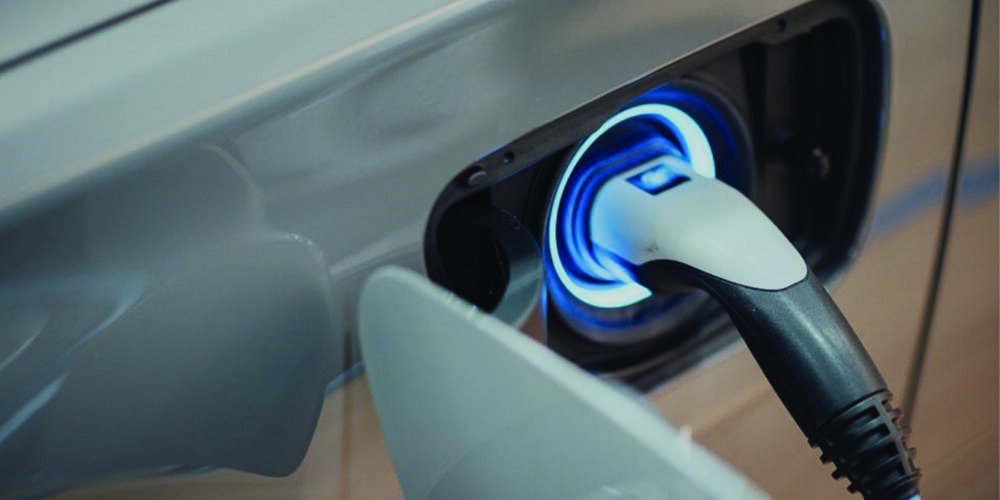ely, these cars were introduced a few years too soon and were discontinued because of limited range (about 100 miles on a full charge), and the high cost of the batteries (GM’s cost was reportedly $500 for each battery, and each car held 18 batteries!). If GM were to re-introduce the EV1 today, buyers would be standing in line and paying full list price plus ‹ just like people who want to buy a Toyota Prius today.
Reduce Friction?
One way to reduce internal engine friction is to switch to a lower viscosity oil with a “fuel saving” rating from the American Petroleum Institute (API). Switching from a 10W-30 to a 5W-30 or 5W-20 oil may improve fuel economy up to half a percent, but don’t expect a miracle.
Maintenance Helps
A dirty air filter that is clogged with debris will restrict airflow into the engine and hurt fuel economy, performance and emissions. Inspect the air filter and replace it if it’s dirty.
Ignition misfire can also waste fuel if the spark plugs are worn or fouled. Standard spark plugs should be replaced every 45,000 miles, while platinum or iridium-tipped long-life spark plugs can typically go 100,000 miles before replacement is needed.
Some spark plugs have special electrode configurations that are designed to minimize misfires. This may also help fuel economy somewhat ‹ but only if the engine had a misfire problem before the plugs were installed.
Check tire inflation pressures regularly. Low tires increase rolling resistance and drag. Keep your customers’ tires inflated to specifications to maximize fuel economy (32 to 34 psi for most cars).
Other Tricks That Help Save Gas
A less restrictive exhaust allows the engine to breathe easier and use less fuel. Replacing a restrictive stock muffler with an aftermarket performance muffler can reduce backpressure and slightly improve performance and fuel economy. But the trade-off may be an increase in exhaust noise.
Get rid of dead weight. Tell customers to clean out their vehicles’ trunks and don’t haul anything that isn’t needed. For every 100 lbs. of weight removed from a vehicle, fuel economy may increase up to 1 or 2%.
Keep your gas tank half full rather than completely full. Gas weighs about 8 lbs. per gallon, so keeping a 20-gallon tank half full saves 80 lbs. of dead weight.
Combine trips to reduce the total number of miles driven to a minimum. Car pool. Share rides and errands with others.
Finally, get the lead out of your own posterior. Walk more and drive less. Ride a bike. That’s my advice.
|
Offer Your Customers Some Suggestions on Saving Fuel
The Alliance of Automotive Service Providers of New Jersey (AASP/NJ) advises drivers to consider these suggestions to help them deal with rising fuel costs: Check Engine Light on? If so, it means that it may be polluting too much and often means you are using too much fuel. Have it checked and reparied by your local technician. Vehicle gas caps – About 17% of vehicles on the road have gas caps that are either damaged, loose or missing altogether, causing 147 million gallons of gas to vaporize every year. Underinflated tires – When tires aren’t inflated properly it’s like driving with the parking brake on and can cost a mile or two per gallon. Worn spark plugs – A vehicle can have either four, six or eight spark plugs, which fire as many as 3 million times every 1,000 miles, resulting in a lot of heat and electrical and chemical erosion. A dirty spark plug causes misfiring, which wastes fuel. Spark plugs need to be replaced regularly. Dirty air filter? – Replacing a clogged air filter can improve gas mileage by as much as 10%, saving about 15 cents a gallon. “These are the kinds of tips that all of our shops should be bringing to their customers,” AASP/NJ President Bob Everett added. ” The more you educate the customer, the more likely they will return to your shop.” For more information on AASP/NJ, visit the AASP/NJ website at www.aaspnj.org. |













